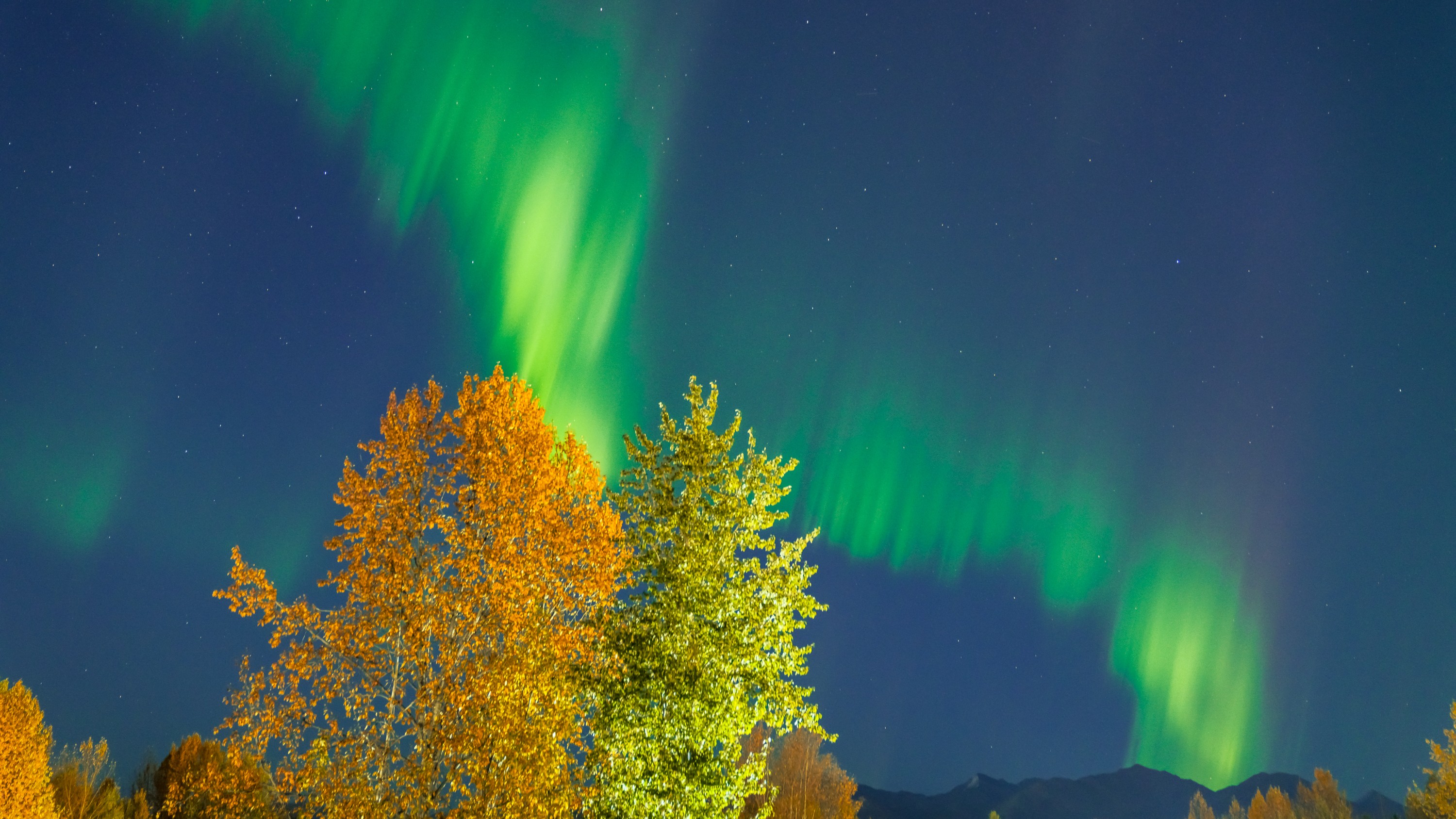Photos: Amazing Insects of the North American Deserts
Sprawling deserts
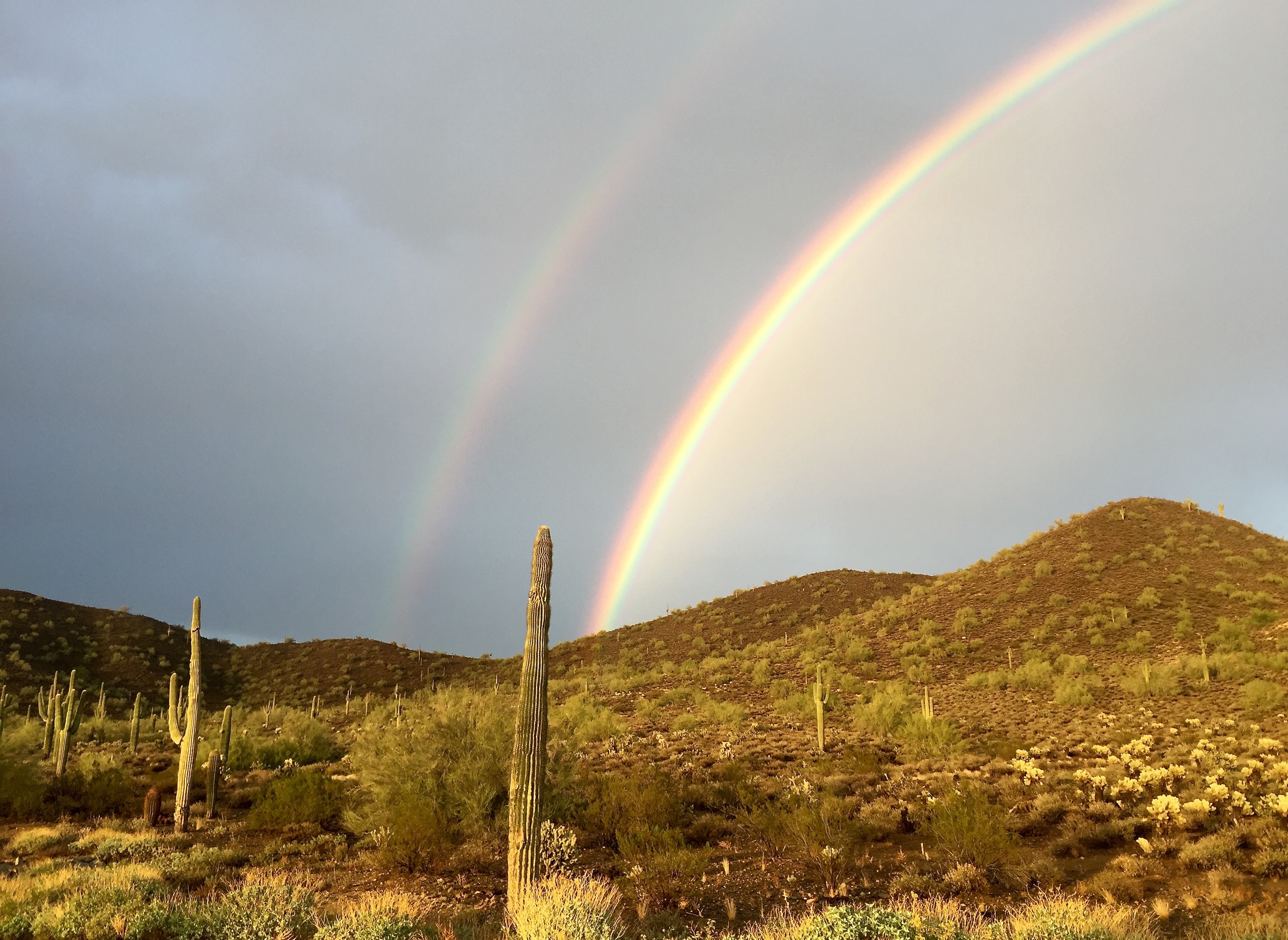
The Great North American desert is a vast, forbidding region that stretches from Oregon and Idaho southward down the west side of the continent into the northern territories of Mexico. It is a rain- starved land situated between the towering barriers of the Rocky Mountains and the fertile, moist ranges along the Pacific Ocean. Best estimates place the land area of the four major deserts (Great Basin, Mojave, Chihuahuan and Sonoran) that make up the North American desert to be from 500,000 to more than 740,000 square miles (1.3 million to 1.9 million square kilometers).
An aphid dinner
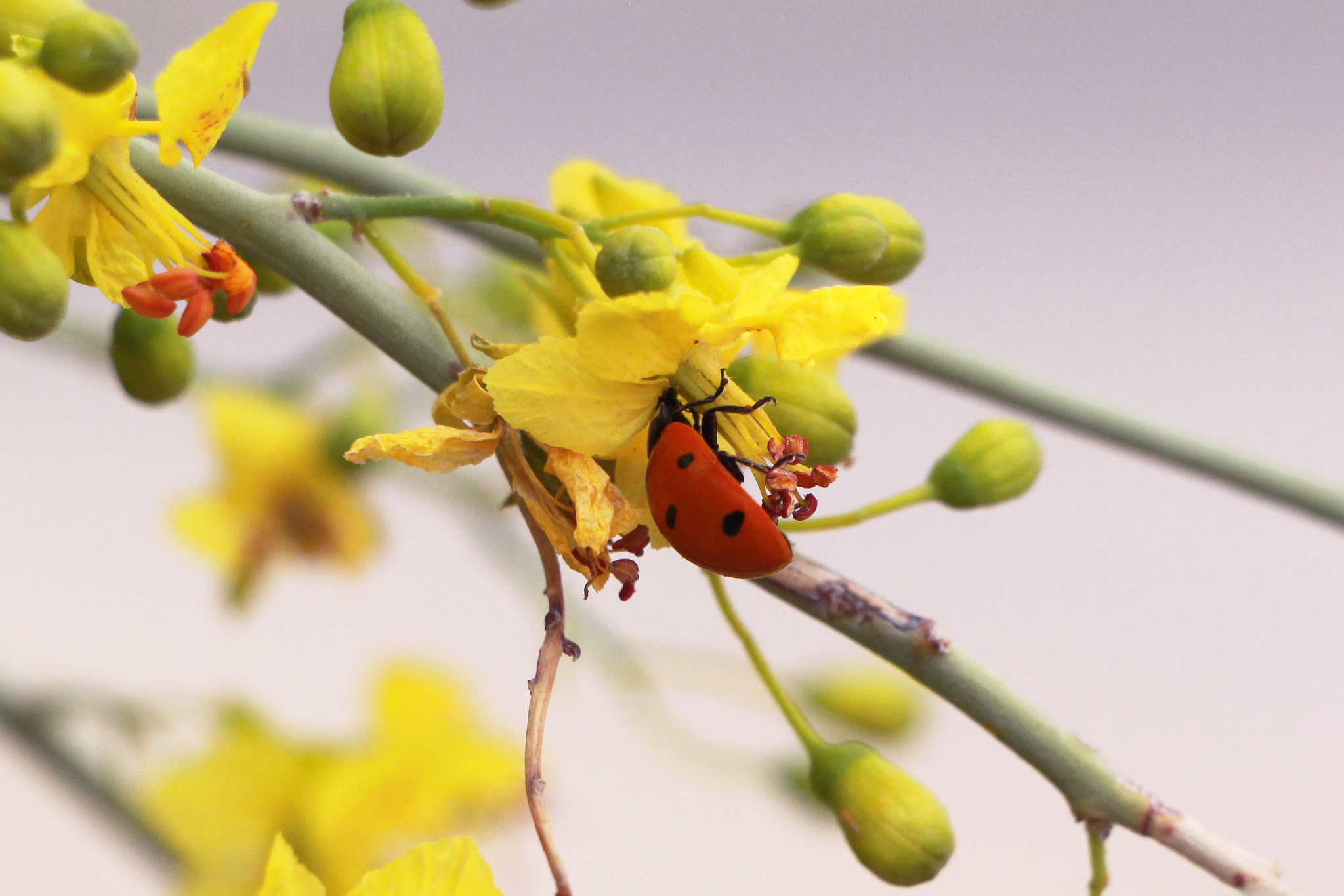
Yet, despite the incredible extremes of heat and cold, flooding and drought so typically found across the North American deserts, life is plentiful — especially insect life. Entomologists have identified and described over 10,000 different species of insects that make these inhospitable lands their homes and estimate that as many insect species are awaiting discovery. Shown here is a common seven-spotted ladybug beetle, Coccinella septempunctata, looking for aphids upon which to dine within the beautiful yellow bloom of a Foothill Palo Verde tree, Parkinsonia microphylla.
Lots 'o bees

Within the Sonoran Desert region alone, there are over 1,000 species of bees representing 45 genuses in seven families. Over 3,900 varieties of flowering vascular plants are also found across this sweeping desert landscape. Among this vast floral mixture is an incredible diversity of insects and small, vertebrate pollinators. Most desert plants are suitable for pollination by native bees, with others best adapted for beetles, wasps, flies, butterflies and moths. A few small vertebrates, such as hummingbirds and bats, are also common desert pollinators. Pollinators come to the flowers of the desert for their sugary nectar as well as their protein-rich pollen that is used to feed both themselves and their young. Shown here, a common desert honey bee, Apis mellifera, feeds on the spring flowers of a foothill palo verde tree, Parkinsonia microphylla.
Docile stinger?

The California carpenter bee, Xylocopa californica, shown here, is a common bee found across the North American deserts. Even though the large bees appear somewhat fearsome, they are usually a very docile insect that rarely stings. Their habit of nesting in wood can make them somewhat a destructive pest if that wood happens to be a human's home. Carpenter bees do not form colonies like their honey bee cousins, as each female builds her own nest as a tunnel in soft or decaying wood. She then dutifully divides the tunnel into cells and supplies each cell with nectar and pollen before depositing an egg. With the hatching of the larva, the stored food provides enough nutrition for the larva to pupate and then emerge into an adult carpenter bee.
Sweet diners
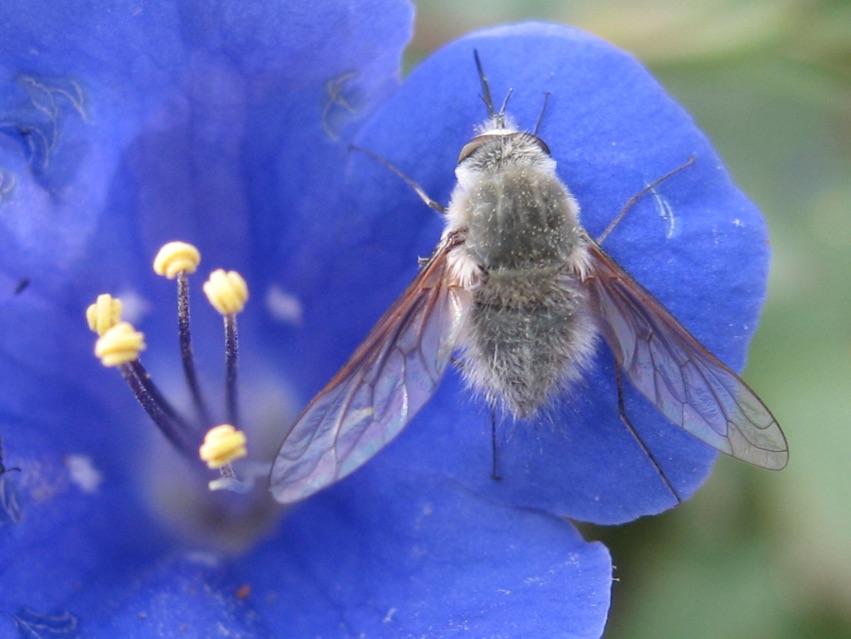
The desert bee fly shown here, Paravilla cinerea, is a common insect of the American deserts. A member of the Diptera order, these defenseless bee flies mimic the stinging bees so as to avoid being eaten by insectivorous birds and lizards. These non-stinging flies are also not attracted to human food. They occupy most of their day flying near the ground and feeding from the many varieties of desert flowers. Their long and specialized flower-feeding mouthparts may look dangerous but are only a natural straw used to dine on the sweetness of nectar.
The monarch

Butterflies are common insect species across the North American deserts. Within the Chihuahuan Desert alone, over 123 species of butterflies make their homes in this shrub-dominated desert. Within the boundary of the Sonoran Desert, over 250 species of butterflies have been identified. The wide topographies found across the North American Deserts result in many varieties of rainfall patterns, microclimates and plant distribution, thus resulting in the great variety of butterflies. Shown here is the monarch butterfly, Danaus plexippus, which is found both living in and migrating across all the deserts of North America.
Mormon metalmark
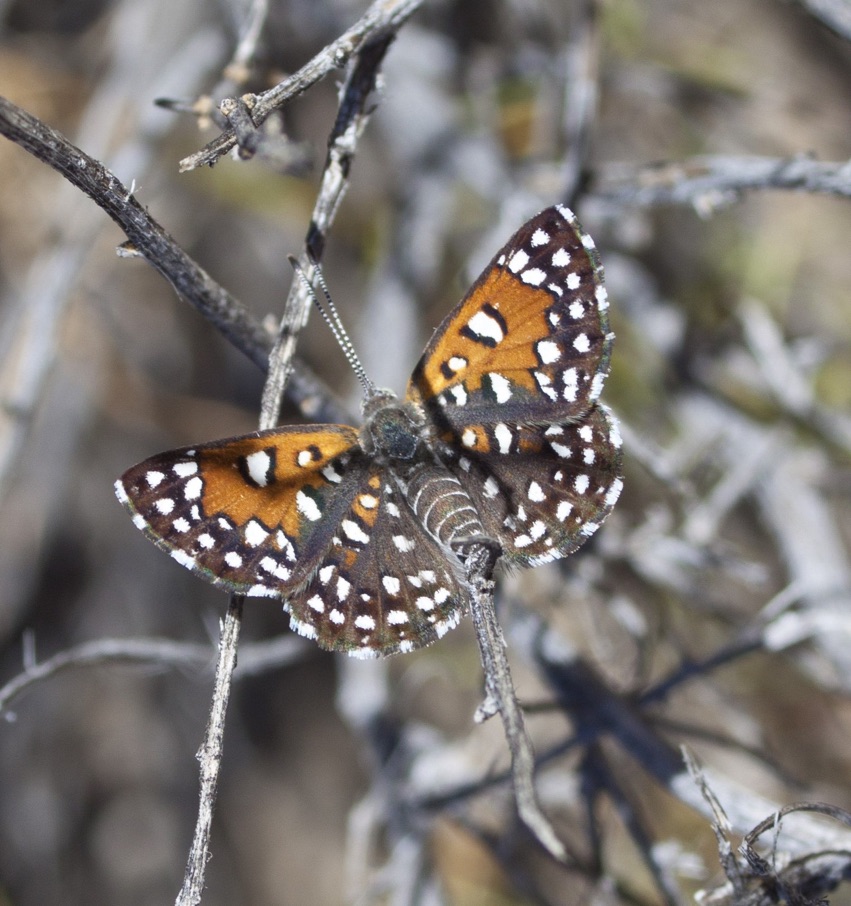
The vast majority of desert butterflies are rather sedentary in their life cycle. Adults tend to cluster near the food source of their larvae. When the annual summer rainy season brings a new growth of plant life and flower bloom, an influx of desert butterflies from other nearby regions occurs. Such winged visitors to the deserts tend to depart as soon as the rains disappear and the hot, dry weather returns. The Mormon metalmark butterfly, Apodemia mormo, shown here, is a common sight along the desert roadside and washes from Sinola, Mexico to southwestern Canada.
Get the world’s most fascinating discoveries delivered straight to your inbox.
Milkweed bug
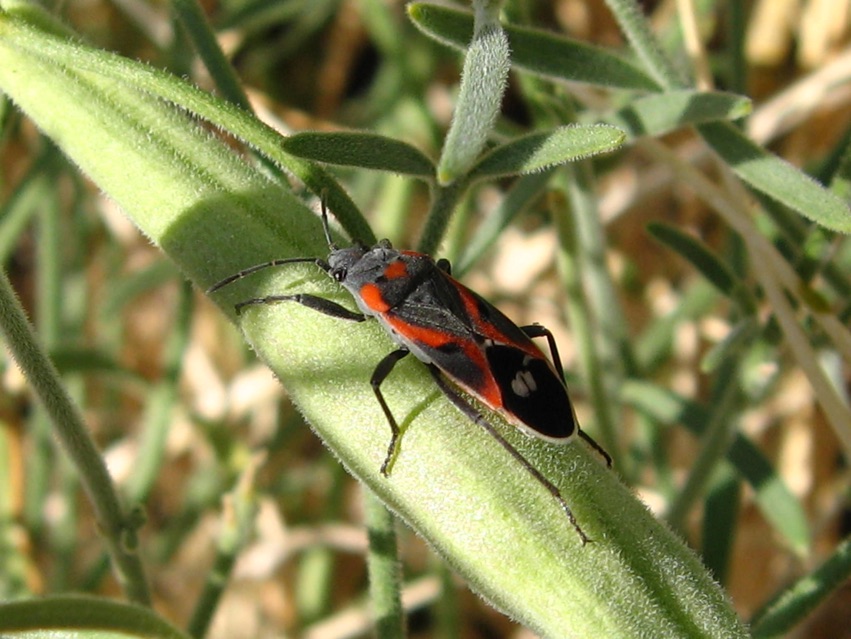
There are 37 species of milkweed plants found across the plains and deserts of the American West. Desert milkweed, Asclepias subulata, is a common plant along the washes and hillsides in both the Sonoran and Mojave Deserts at elevations up to 2,500 feet (762 m). The milkweed plants are a crucial food source for not only the milkweed butterflies like the Monarch, Danaus plexippus, and Queen butterflies, Danaus gilippus, but also for the common desert milkweed bug, Lieges kalmii, shown here. These true bugs with their modified elongated proboscis mouthparts, often gather in large numbers to feed on the leaves, seeds and stems of milkweed plants.
Inflated beetle
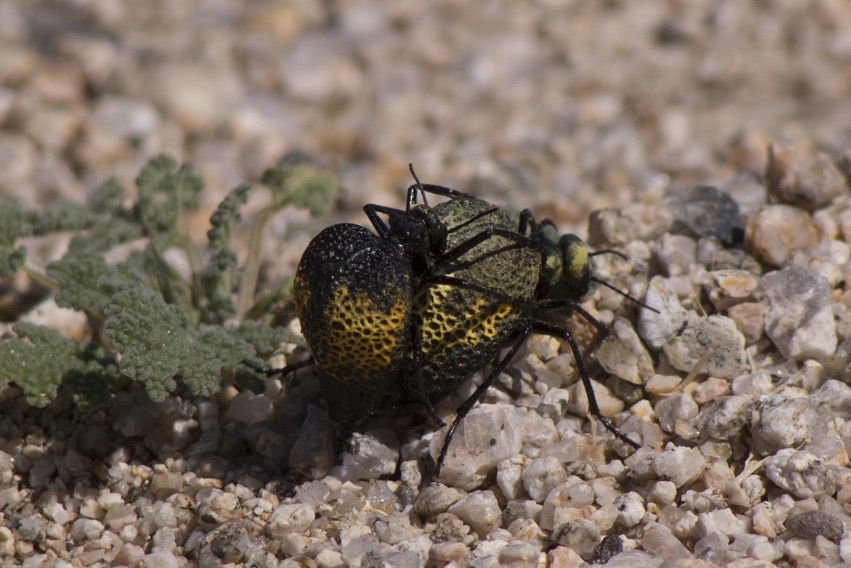
Coleoptera, more commonly known as beetles, are the most numerous species of the animal kingdom with over 350,000 different species identified across the world. Across North America, over 25,000 different species of beetles are known, with thousands making their homes across the deserts of North America. The inflated beetle, Cysteodemus armatus, shown here, is a common resident seen walking across the desert soil during the cool weather of spring. Their grossly enlarged elytra and abdomens make for an odd appearance. The yellowish material seen on their elytra is a toxic material that make these small, lumbering desert critters off limits to predator birds, toads and lizards in their shared desert environment.
A flamboyant insect

The thick exoskeleton of desert beetles helps to minimize the loss of moisture, an important benefit for all insects that live in such arid conditions. Many species of beetles burrow into the desert soils that not only provide relief from the extreme heat but also protection from always present predators. Shown above, the master blister beetle, Lytta magister, a flamboyant desert beetle which is a common sight feeding on desert flowers and pollen. The larva of these beetles are unwelcome parasites in the nests of ground nesting insects, especially bees.
Where's the grasshopper?

Grasshoppers are common residents of the North American deserts. Many differing species find their ecological niche in the vast and differing biomes found across the deserts. Desert grasshoppers tend to spend the winter months buried in the desert soil as eggs. When the springtime sun once again warms the desert lands, new plant growth begins and a new generation of grasshoppers hatch. A second annual generation of grasshoppers again hatch across those deserts which experience a yearly summer rain pattern. Like all grasshoppers, desert grasshoppers forge on the new growth of desert shrubs and wildflowers and are a vital source of food for desert-dwelling birds, reptiles and amphibians. Shown above is the desert granite grasshopper, Leprus intermedius, exhibiting a most effective camouflage coloration for living in the North American deserts.
